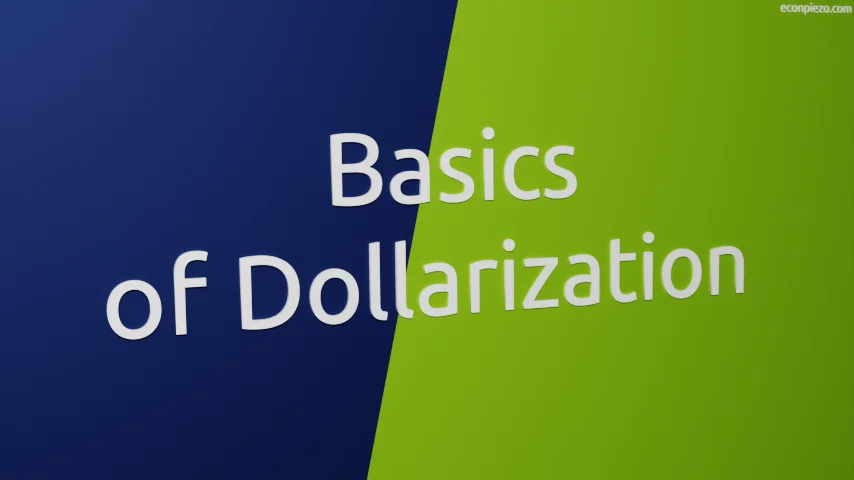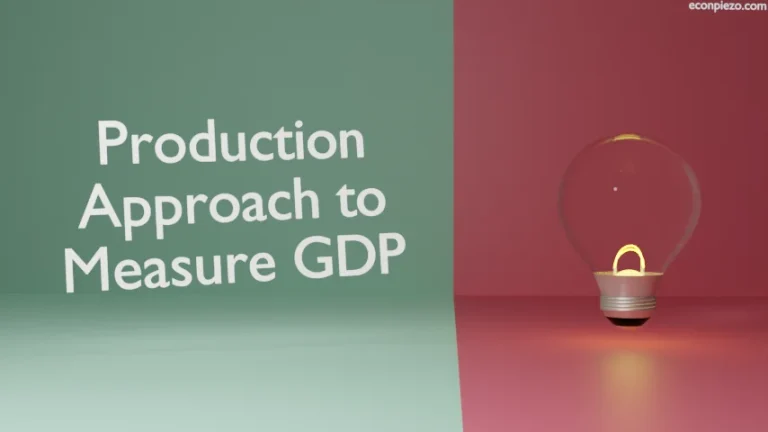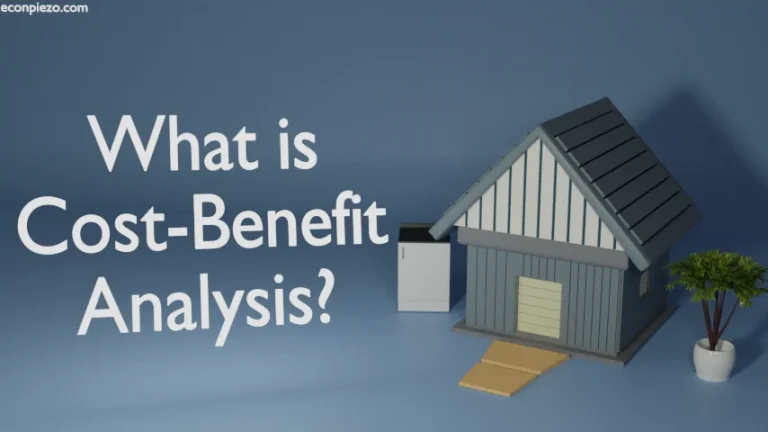When the national currency is replaced with a foreign currency, in most cases: US Dollars, it leads to Dollarization.
There could be numerous reasons behind such phenomena to occur. But, whatever may be the reason, one thing is for sure: the national currency has lost its value. Generally, inflation is the culprit. When the domestic currency begins to lose its value and sentiments are not so positive. We could see sharp capital outflows combined with a drastic drop in capital inflows in those conditions.
And, that can lead to Balance of Payment (BOP) crises in no time. That means the nation can no longer fulfill its external debt obligations. Apart from that, it doesn’t have enough balance to pay for imports. Not a good situation to be in.
What Dollarization does is, in a way halt the conditions that can lead to Balance of Payment crises. For instance, capital outflows wouldn’t be a worry if the national currency is replaced by a foreign currency. As there wouldn’t be a risk of devaluation of the national currency anymore.
At this stage, one may ask, once the nation has achieved economic stability can it revert to the old currency system? Yes, it can. But, that won’t lead to a favorable outcome. As people would still believe that it would again lose its value. So, the adoption of the national currency wouldn’t be a success.
Dollarization can happen in two ways: either formally or informally.
In case there is a formal agreement between governments, then we can say the country in question has been formally dollarized. But, in certain cases, citizens can themselves begin to use foreign currency as a medium of exchange. That leads to informal or unofficial dollarization.
Official dollarization definitely comes with added benefits. The dollarized countries no longer have to worry about defaulting on payment due to currency devaluation. When a nation’s currency sharply devalues, the government has to take certain measures. And, that includes raising interest rates, stemming capital outflows, etc. which impacts the overall sentiment.
Such measures throttle down the economy’s growth, and lead to resentment amongst the citizens as it begins to affect their livelihood. As the nation gets less productive, it can generate enough to service its debt obligations which increases the default risk. Though that won’t happen all the time. But, it definitely puts the government in a crisis mode.
It is worth mentioning here that, sovereign defaults are not due to currency devaluation. There are other fiscal and monetary reasons that ultimately lead to a sovereign default.
In conclusion, we have touched on the basics of dollarization here. Dollarization is regarded as an important policy tool that can come to rescue a crumbling economy at the right juncture.






